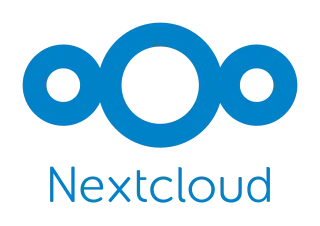I’m not sure if this is of any help, but I had the same issue with Wake on LAN enabled. This was a while ago with an Asus motherboard.
If you don’t need WoL, disable it and it should fix it if your MB is affected.
But if you do need WoL, look at https://wiki.archlinux.org/title/Wake-on-LAN.
The section 5.2.2 Fix by kernel quirks was what fixed it for me.
















If something like Ansible is too much, you could list the packages as a bash array in a file
pkgs=( vim bash-completion ... )Source the file
source pkgs.txtThen install them
dnf install ${pkgs[@]}This expands to
dnf install vim bash-completion ...As for listing the installed packages,
dnf repoquery --userinstalled --queryformat '%{name}\n'The list includes all packages not installed as dependencies, so it’s not quite perfect but might be close enough to what you need.
The array expansion workaround should work for other package managers too, as long as they take the list of packages as whitespace-separated arguments.